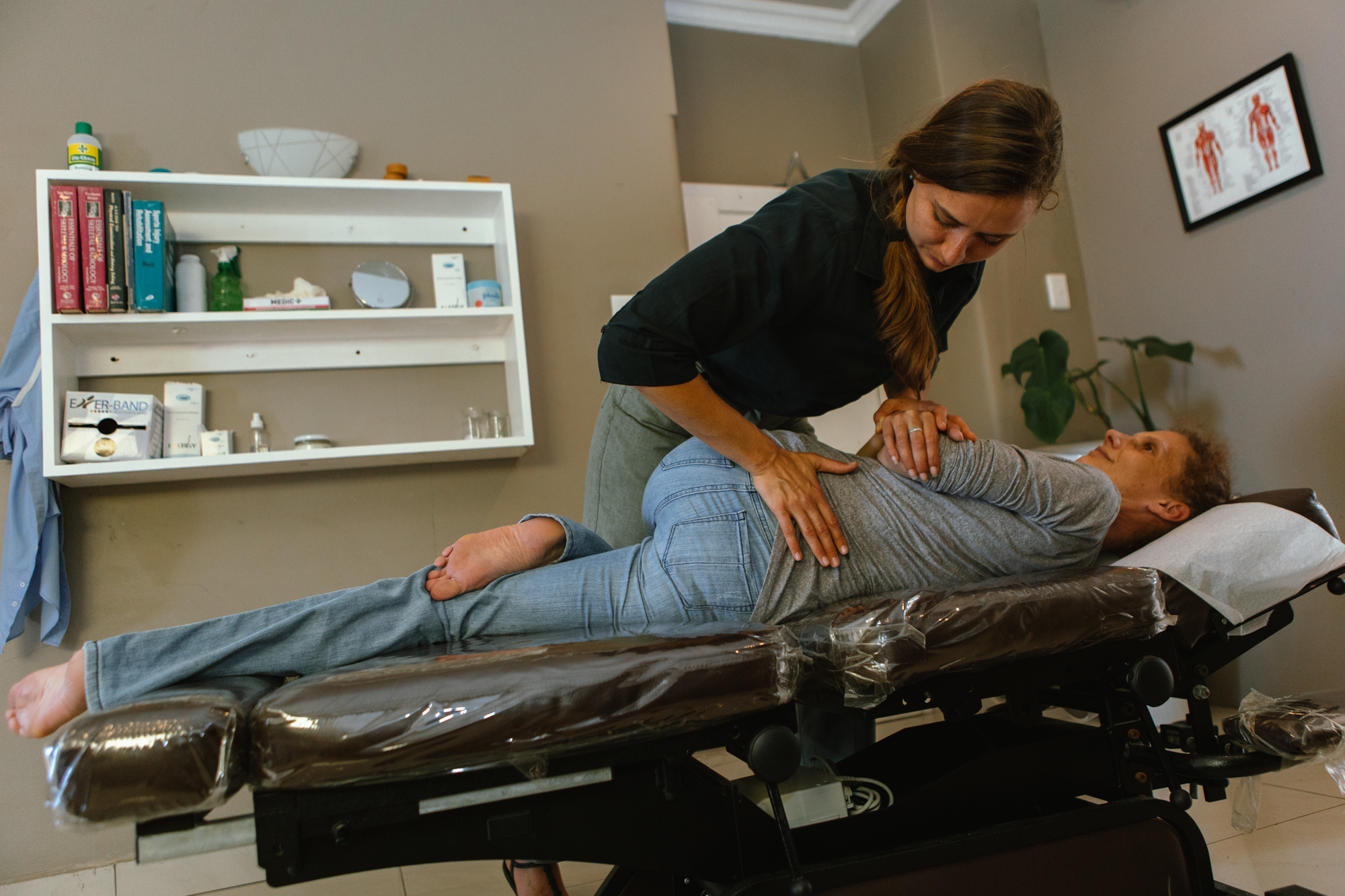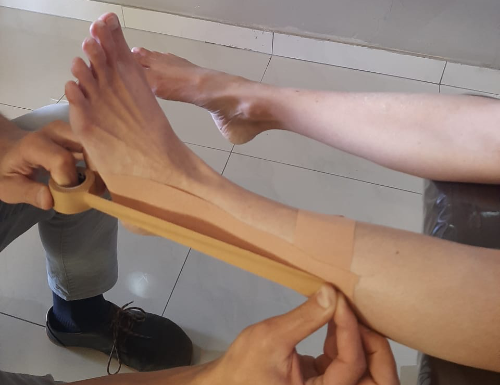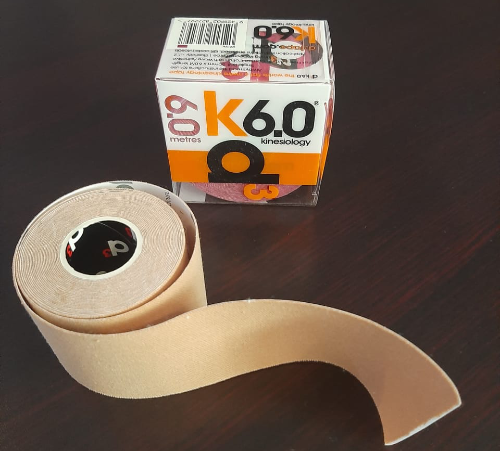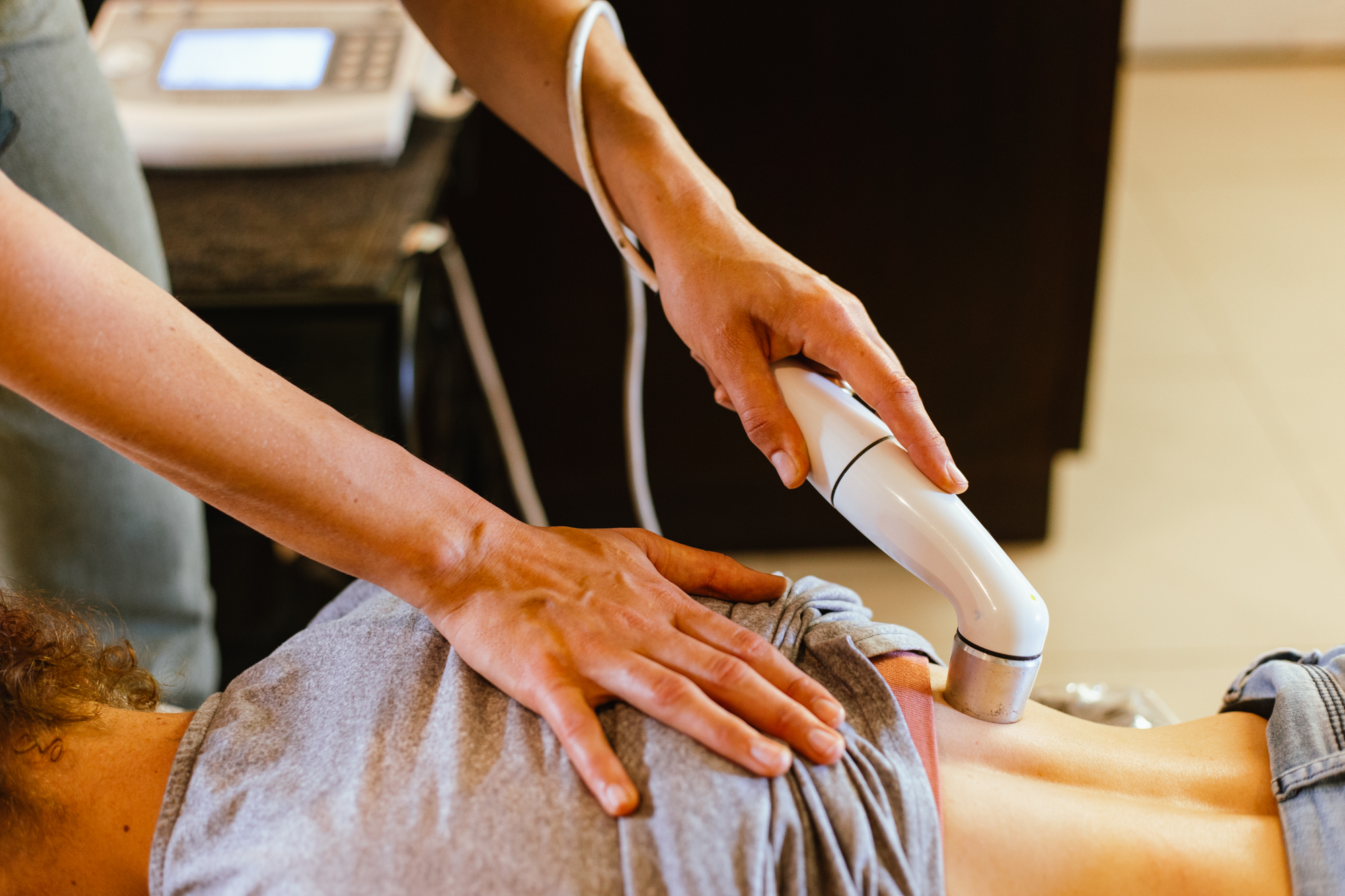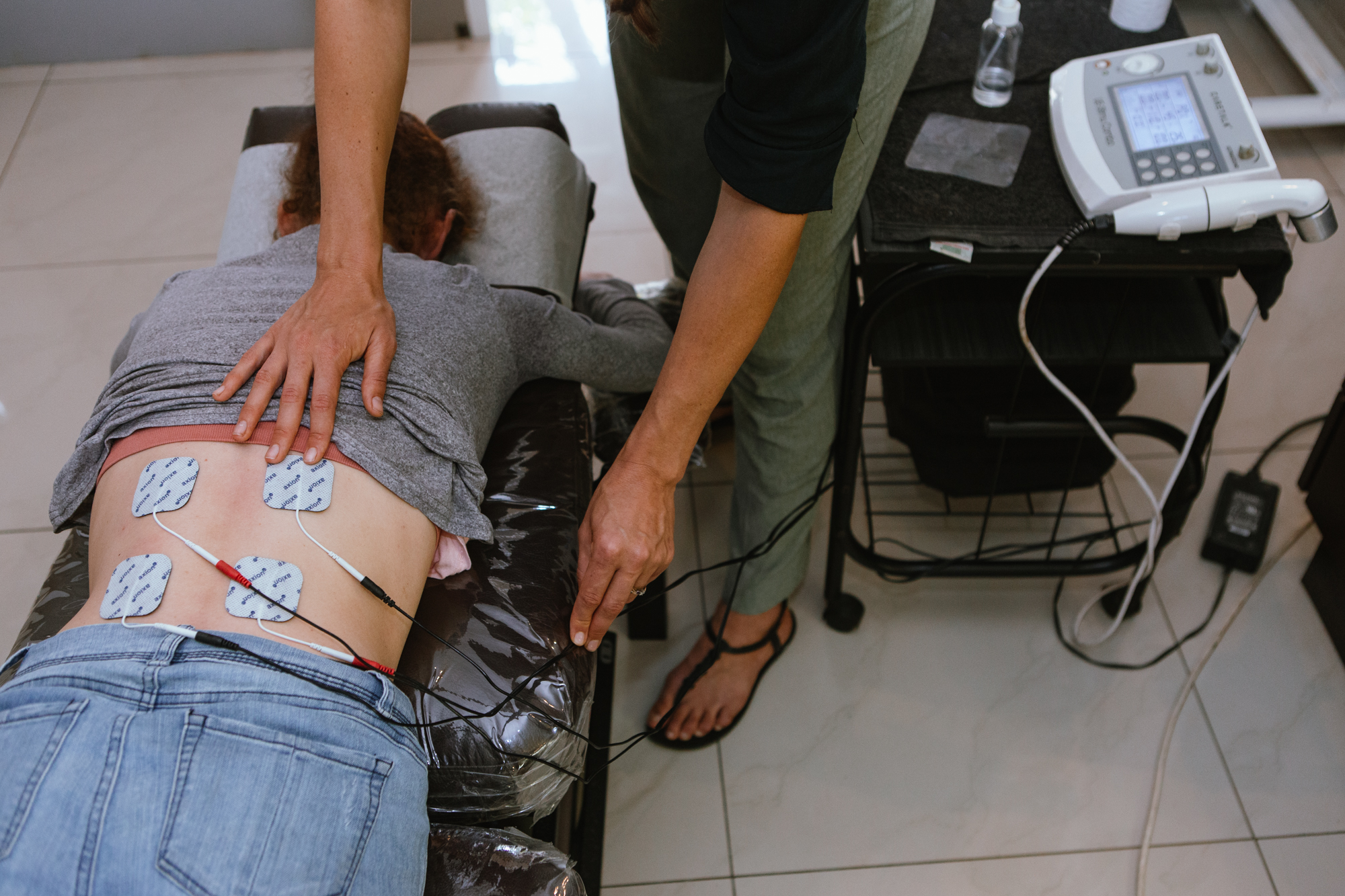Our Services
Chiropractic care
At Shelly Family Chiropractic we provided holistic, patient centered chiropractic care. This means we address the whole person, focusing each treatment on the individual, tailoring the approach and management of their specific condition and goals. Therefore never treating two people the same. Our chiropractic care focuses on minimally invasive, natural, manual therapy which addresses neuromusculoskeletal conditions. Chiropractic care has been shown to be an effective alternative therapy to pharmaceutical drugs and surgery. It has been shown to treat a wide range of neurological and musculoskeletal problems. The modalities which we offer includes spinal manipulation therapy, dry needling, ischemic compression, massage, therapeutic ultrasound, interferential current and taping.



